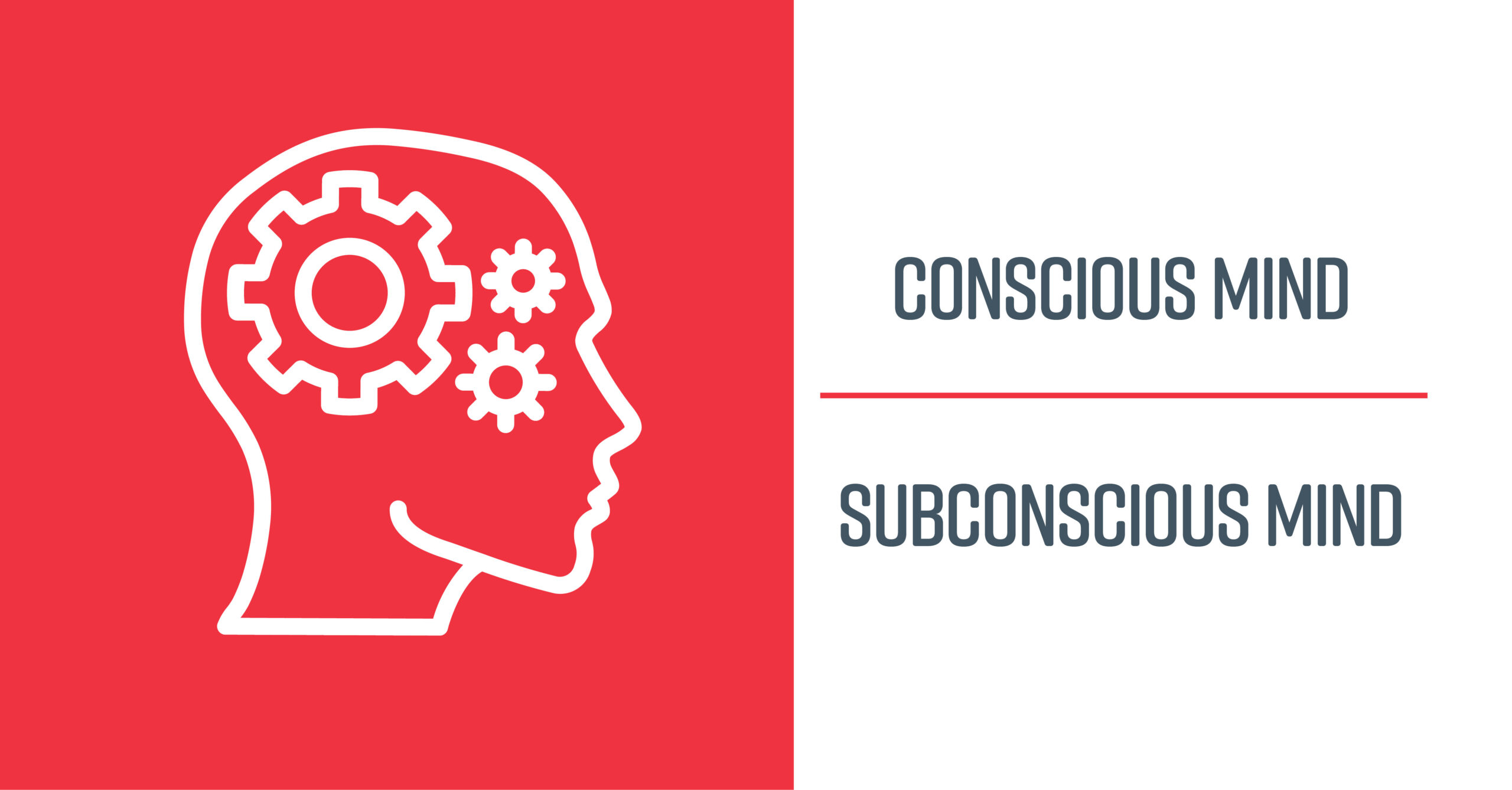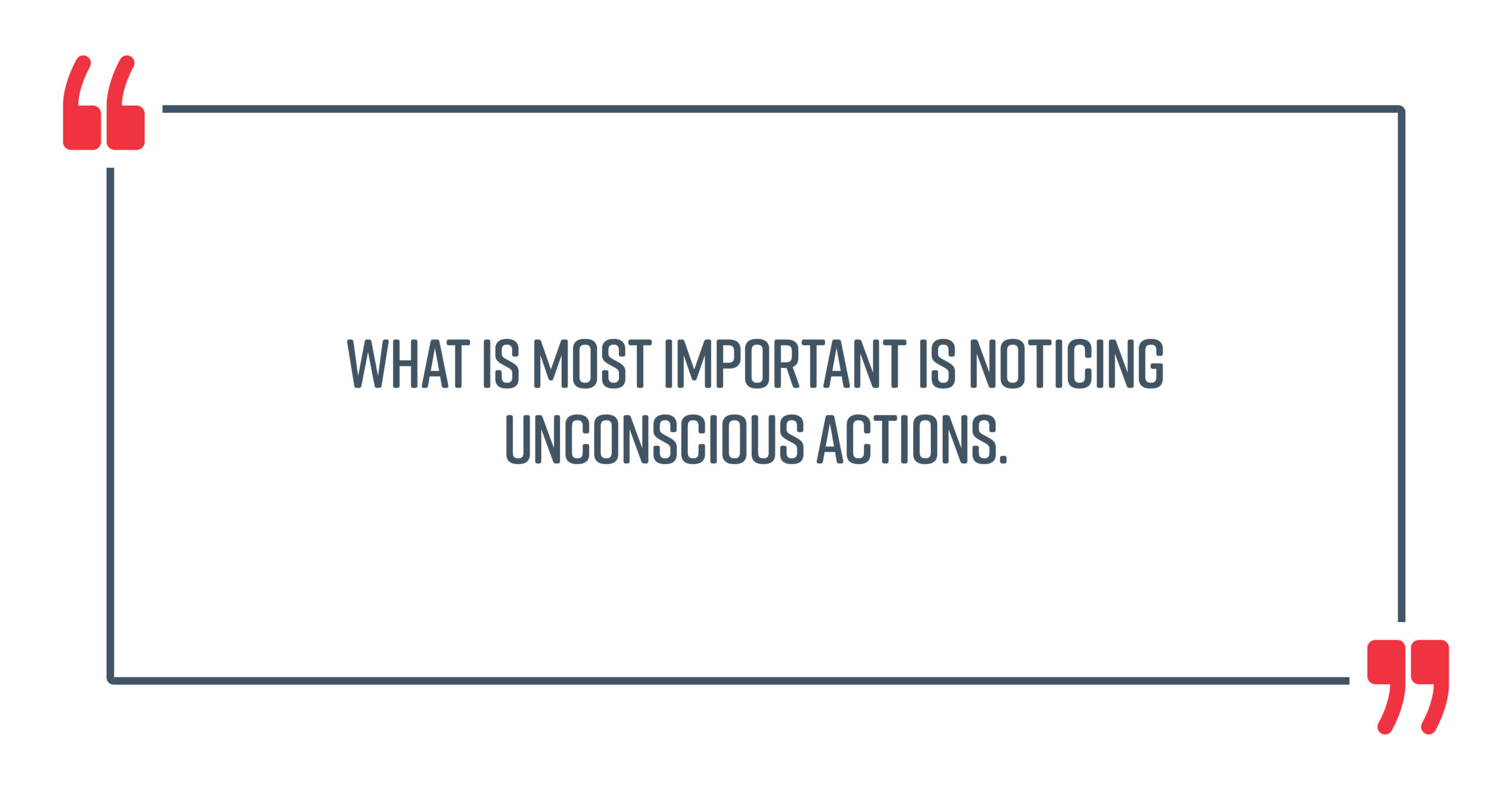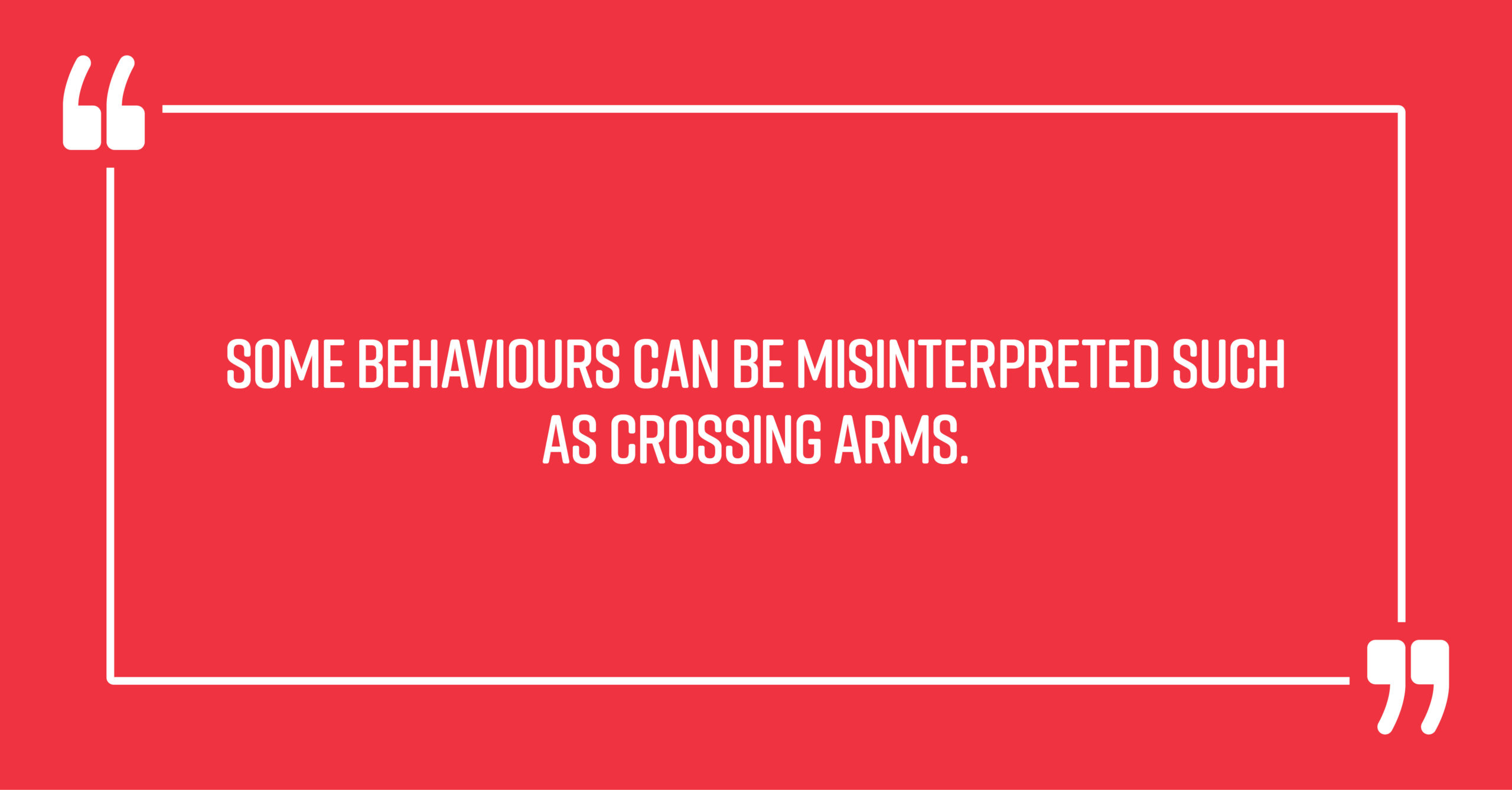The Fact Is We All Negotiate
Whether it’s with our partner, our parents, children, friends, suppliers, customers or even our colleagues, when we want somebody to do something, we may well need to persuade them. And this is very much what negotiation is – persuading somebody else to either see something our way, or to do something that we want.
It is also true that some of us are better negotiators than others. The good news is that everyone can learn to become a better negotiator and one area that we can certainly improve is learning to read the other party.
Our Subconscious Mind Can Give Us Away
Imagine knowing what the other party is thinking in a negotiation – we’d win every time right? Sadly, that isn’t going to happen, but, whilst we can’t know what they are thinking, there is a way to get some insight into how they are feeling.
You know the phrase “I’m in two minds about that?” Well, in a sense, we actually do have two minds:
- The conscious mind – this is the one we control. Primarily it drives thoughts, speech and willful movement.
- The subconscious mind – among other things, our subconscious mind drives feelings and provides a security function that helps keep us “safe.” With training, we can gain a degree of control over this but, for the vast majority of us, it is on autopilot and so is always running.
Our subconscious mind has evolved to protect us. Reactive movements like whipping our hand back from a hot surface, or flinching from a sudden movement, are subconscious reactions and are typical of some of the ways our subconscious works to keeps us safe.
However, our subconscious mind can also betray how we are feeling which, if you know what to look for, can give a real advantage in a negotiation.

In a negotiation there are two things happening:
- Externally – what is said in terms of the discussion, concessions, bargaining, various proposed positions with related explanations and justifications. This is what we want others to see and is therefore created and constructed by us and is a projected reality.
- Internally – our plan or approach, judgments on what to propose, interpretation of reactions, amendments to the original strategy and formulation of new propositions. This is what is hidden from the other party, though it is actually what is really happening.
The subconscious mind automatically reacts to what is really happening, and it can do this in a number of ways; typically, we think of this as “body language.”
Caveat
Before we examine some different types of body language and what it can indicate, I need to introduce a caveat. There is no definitive way to read a person’s body language as everybody is different. Many factors can influence how an individual’s subconscious mind will behave, so at best, body language type reactions are an indication of how an individual may be feeling in response to a particular action or proposal. Nevertheless, clusters of reactions can be a good indicator of a person’s state of mind or unconscious attitude at a particular moment, which certainly can be valuable.
Seeing is Believing
What is most important is noticing unconscious actions. Experienced negotiators and those who have been trained, will seek to control these behaviours, so any reaction may be stifled or reduced to a flick of the eyes or a subtle involuntary twitch.

Face-to-face meetings present the ideal opportunity to observe the other parties. However, if you are in a remote video meeting your view of the other party may be limited, so you must at the very least insist that they have their camera on. Whenever possible, have a colleague in the meeting to observe and take note of exactly what was said when any change in behaviour occurred. This is also true of telephone or audio-only meetings but is, of course, much harder with only the tone, speed and modulation of a voice to work with.
Getting a Base Line Read
In order to tell when these involuntary behaviours occur, we need to get a base line to work from. So, start with a few minutes of pleasantries and small talk to be able to gauge how the other party behaves when they are relaxed and not under pressure, then you will be better able to notice any aberrations.
Now you know why the customs officer asked you if you packed your bag yourself the last time you flew – you were being calibrated!
Behaviours to Look For
There are a range of different types of involuntary behaviours. Let’s look at some of the most common ones.
Blushing or perspiring
This can indicate that the other party has been caught bluffing (polite term for lying). It certainly tells us they are uncomfortable, which could mean we are near their least desired outcome (LDO). Look for reddening of the cheeks or neck, or a sheen of moisture on the upper lip or forehead.
Venting
This is running a finger round the inside of a shirt collar as if to let out hot air. A variation of this is holding the front of a garment and gently pulling it forwards and backwards. It is a sign of discomfort which can pre-empt perspiring and has a similar meaning.
Pacifying
This is an unconscious action to self-sooth and alleviate tension or anxiety, thought to be derived from “rubbing it better”. Pacifying actions can be:
- Rubbing a leg
- Stroking the face
- Stroking back hair
- Rubbing the back of the neck
- Folding arms
- Sucking in and chewing of lips, nails, hair, or a pen
Preening
This can be a pacifying activity – brushing bits or picking off real (or imaginary) lint from clothing as a self-distraction to figuratively step out of the meeting for a brief moment.
Blocking
This is similar to pacifying and can be seen as the subconscious stopping us from giving something important away or even telling a lie. Either way, something significant could be happening or about to happen. Look out for touching the nose, touching the chin and\or bottom lip or covering the entire mouth with a finger on one cheekbone and a thumb on the other. Trained negotiators may seek to disguise a blocking action, so beware the sudden scratching of the nose!
The Eyes Have It
The eyes are very expressive but be careful about constantly gazing intently into the other party’s eyes – it can make them uncomfortable and so give a false read.
The main things to look for are:
- Wincing – any narrowing of the eyes or even just dropping of the eyebrows can be a sign of something unwanted, unpleasant or painful. This could happen very quickly and could also be so slight as to be almost unnoticeable. What was said that caused the pain?
- Looking for an escape route – if things are not going our way, we may unconsciously want to remove ourselves from the situation, so our subconscious can start looking for a way out. Again, this could be as subtle as a flick of the eyes towards the door, so be sure to note what was happening or being said at the precise moment the behaviour occurred.
- Recalling V. Creating – when we are trying to remember something, especially details, we want to access the side of our brain that deals with facts and data (which is usually the left side) so we can unconsciously look up and to the left. The side of our brain that is usually associated with colour and creativity is on the right, so, if we are creating or constructing something we can look up and to the right. So, looking up and left can indicate honest recollection and looking up and right can indicate less than factual fabrication. Unless, of course, they are left-handed in which case this can be the reverse!
- The Flash Bulb – our pupils regulate the level of light entering our eyes. Thousands of years ago, if we happened across a sabre-toothed tiger we would need to react fast, so our pupils would spring open to let in the maximum light, helping us see which way to run. When facing an unpleasant situation this still happens, so the dilation of pupils can indicate an adverse situation like nearing an LDO or asking for a concession that is painful. The flashbulb effect happens and is gone very quickly, so is easy to miss. This is why some professional poker players wear reflective sunglasses at the table. On the other hand, it could mean the other party finds you attractive!
Feet
Our feet can point to where we want to go, which is generally towards something we like and away from something we don’t.
The Turtle
When people pull in their shoulders, hunch over a little and start to dip their chin, it is figuratively an attempt to hide in plain sight. The Turtle is the posture of the vanquished, or at least those who feel they are in danger of losing the advantage. It can be a sign that you are doing the right things – so keep going.
Test and Verify
If you notice an unconscious behaviour at a very key point and want to test to see if it is genuine, recreate the circumstances and see if it happens again. You can do this by changing the direction of the conversation and then asking the question or making the comment that got the first reaction and see if it reoccurs.
Clusters of Reactions
Once you have established a base line, look out for the above behaviours which can be indicative of where a person’s head is. Be especially sensitive to clusters of behaviours as this can be a strong indication of how they are feeling.
Common Misreads
Some behaviours can be misinterpreted such as crossing arms. This used to be thought of as an indication of being closed or against a person or proposal. However, some people are just naturally more comfortable with crossed arms and many cross their arms when they are cold. So, I would avoid attaching too much significance to this behaviour.

We get a “Gut Feel” for a Reason
Do you ever “listen to your gut”? Gut feeling is often our subconscious talking to us – and I am sure there have been times when you are glad that you listened. But please don’t bet your life, or the kid’s inheritance, on interpreting body language. It is a guide and can be a useful indication. After all, the best interrogators in the FBI reckon they get it right less than half the time.
There is, however, a wonderful sense of satisfaction as you mystify your children by catching them out when fibbing about having done their homework – three times in a row!
Written by Jonathan O’Brien, leading negotiation expert and CEO of Red Sheet Negotiation and Positive Purchasing Ltd. Jonathan works with global blue-chip organizations to help transform their negotiation capability. He also helped pioneer the Red Sheet® negotiation methodology.